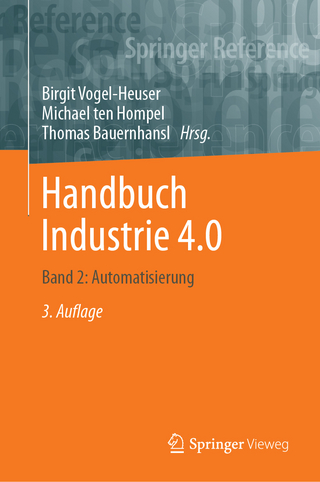
Materials and Contact Characterisation IX
WIT Press (Verlag)
978-1-78466-331-5 (ISBN)
Of particular interest to industry and society is the knowledge of surface treatment and contact mechanics of these materials to determine the in-service behaviour of components subject to contact conditions. Modern society requires systems that operate at conditions that use resources effectively. In terms of components durability, the understanding of surface engineering wear frictional and lubrication dynamics has never been so important.
Current research is focussed on modification technologies that can increase the surface durability of materials. The characteristics of the system reveal which surface engineering methods should be chosen and as a consequence it is essential to study the combination of surface treatment and contact mechanics.
The accurate characterisation of the physical and chemical properties of materials requires the application of both experimental techniques and computer simulation methods in order to gain a correct analysis. A very wide range of materials, starting with metals through polymers and semiconductors to composites, necessitates a whole spectrum of characteristic experimental techniques and research methods.
The papers in the book cover a number of topics, including: Experimental approaches; Recycled materials; Metallic materials; Mechanical properties; Mechanical and thermal properties; Composite materials; Materials for bioengineering applications; Performance based design materials and Numerical models.
Contents
Section 1: Experimental approaches
Effect of current mode on the plasma discharge, microstructure and corrosion resistance of oxide coatings produced on 1100 aluminum alloy by plasma electrolytic oxidation; Examination of the carbonization process using kaolin and sawdust; Study of carbonation durability of several ettringite-enriched pastes
Section 2: Recycled materials
Use of recycled aggregates from demolition wastes in concrete: Acoustic properties; Preparation and investigation of geopolymers generated from construction, demolition and industrial wastes
Section 3: Metallic materials
Effects of magnesium concentration and layer thickness on the adhesion of physical vapor deposited ZnMg-Zn bi-layer coatings; Characterization and modeling of advanced open-porous copper heat exchanger materials; Development of material optimization technology for small structures
Section 4: Mechanical properties
Flexural properties of flax sliver reinforced green composite by molding pressure and chitosan fiber addition; Influence of silane treatment on water absorption and mechanical properties of PLA/short bamboo fiber-reinforced green composites; Determining fracture toughness of wood flour/hemp-reinforced PVC polymer composites
Section 5: Mechanical and thermal properties
Difference between using tabulated and exact values of thermal properties of materials in numerical simulations of heat transfer through a high-performance window
Section 6: Composite materials
Interfacial shear strength of carbon fiber-reinforced polypropylene using uneven carbon fiber under a hot-wet environment for long-term safety of vehicles; Dynamic micro-testing over a large range of strain rates for homogenous and heterogeneous local material characterization; New antifriction composite materials based on tool steel grinding waste; Displacement-based failure analysis of metal matrix syntactic foam
Section 7: Materials for bioengineering applications
Electrochemical method of fretting corrosion testing in modular hip prostheses; A novel technique for testing osteointegration in load-bearing conditions; Collagen cross-linker effect on the mechanical properties of the radicular hybrid layer in restorative dentistry: A nanoindentation study
Section 8: Performance based design materials
Numerical modelling and simulation of vehicular impacts on tire-mounted cable barriers;
Experimental-numerical calibration of the fracture locus of weathering steel; Mechanical profiling of commercial grade biodegradable plastic films post exposure to natural and accelerated weathering
Section 9: Numerical models
Modelling of void nucleation and application to the simulation of spall experiments; Atomistic simulation of ejecta production from nanocrystalline Cu with a grooved surface under shockwave loading; Indirect tensile strength method for defining a proper practice of asphalt mixtures design
Author index
| Erscheinungsdatum | 01.07.2019 |
|---|---|
| Reihe/Serie | WIT Transactions on Engineering Sciences ; 124 |
| Verlagsort | Southampton |
| Sprache | englisch |
| Maße | 178 x 254 mm |
| Themenwelt | Informatik ► Weitere Themen ► CAD-Programme |
| Technik ► Maschinenbau | |
| ISBN-10 | 1-78466-331-X / 178466331X |
| ISBN-13 | 978-1-78466-331-5 / 9781784663315 |
| Zustand | Neuware |
| Informationen gemäß Produktsicherheitsverordnung (GPSR) | |
| Haben Sie eine Frage zum Produkt? |
aus dem Bereich


